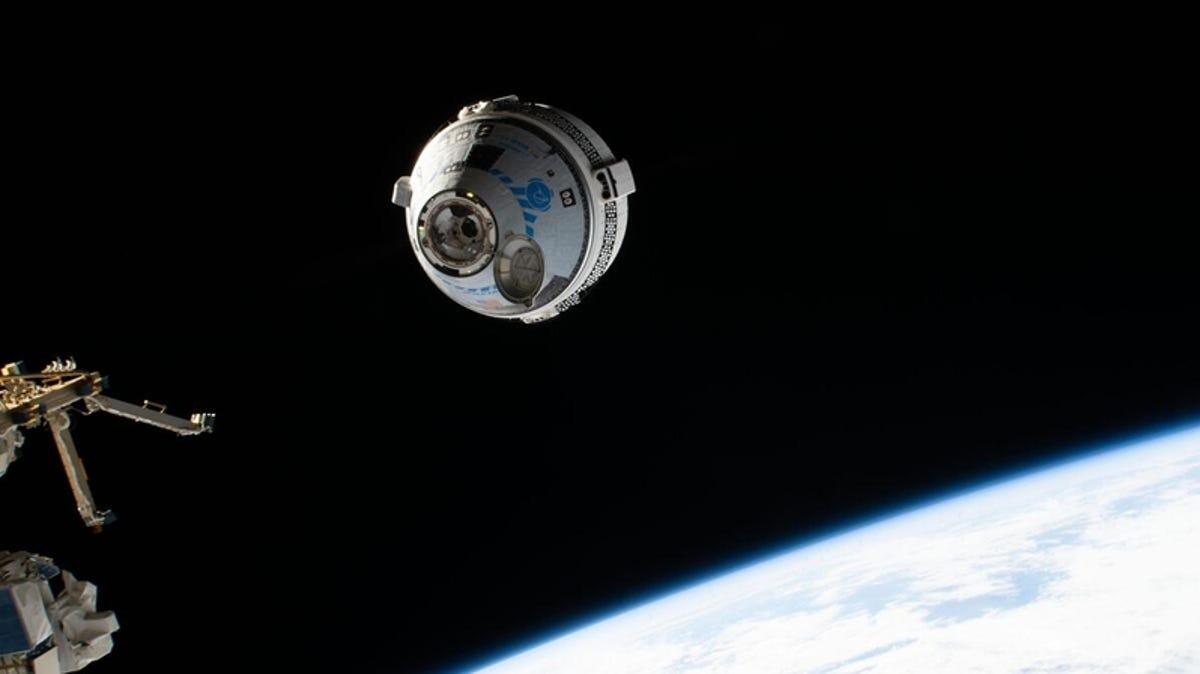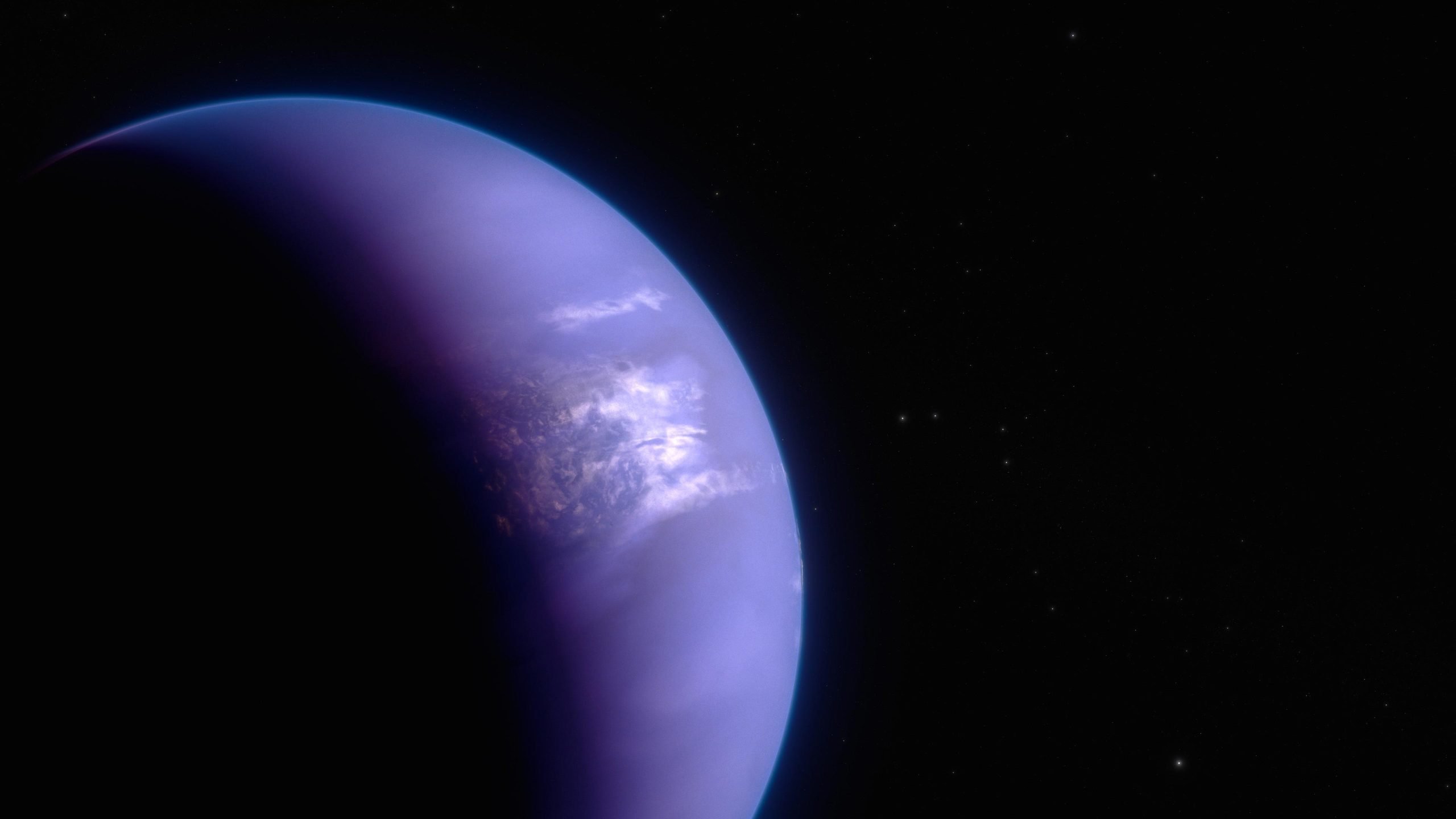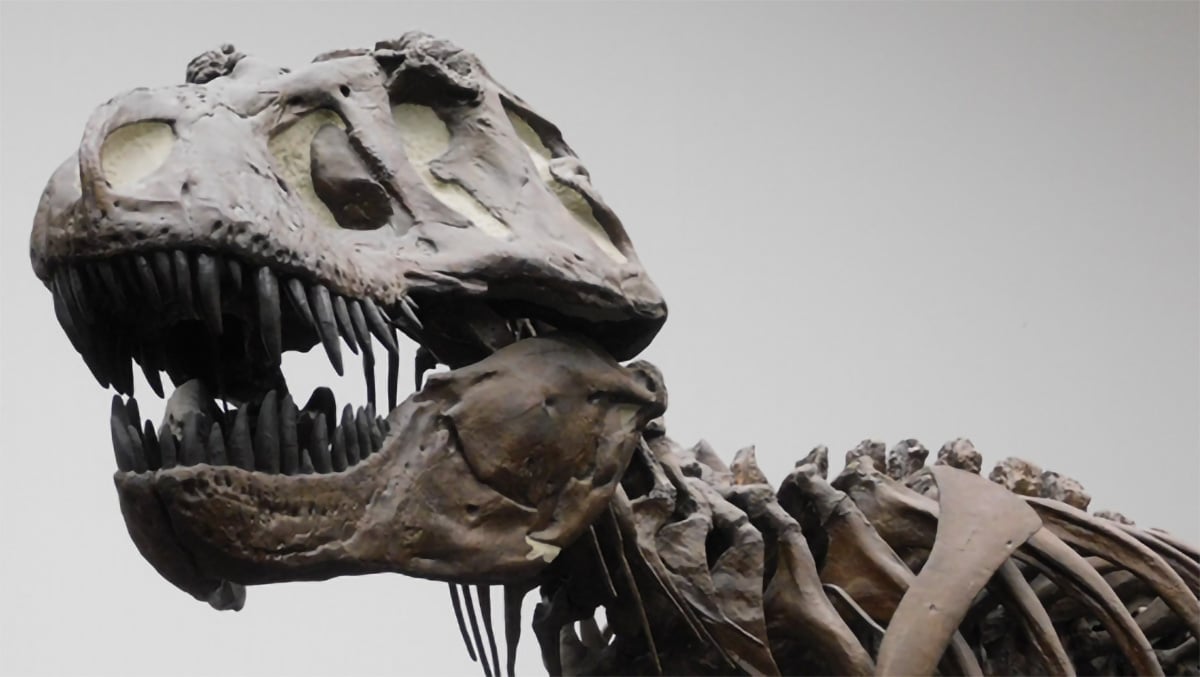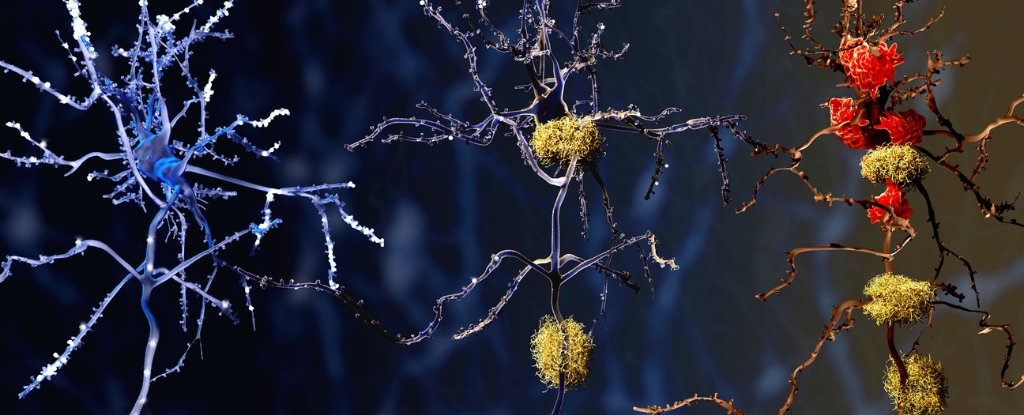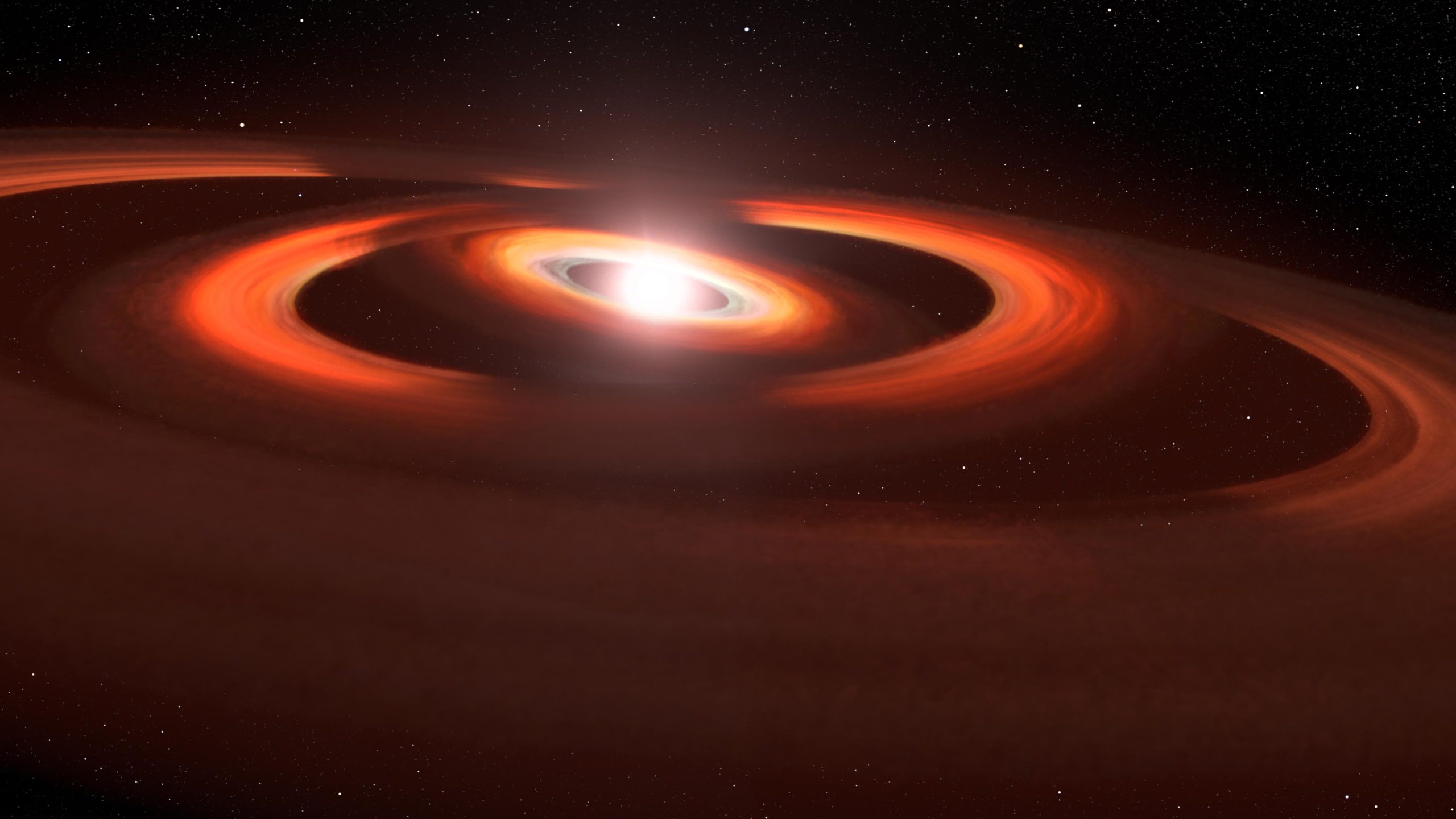
Концепція цього художника заснована на зображеннях космічного телескопа Хаббл дисків газу та пилу навколо молодої зірки TW Hydrae. На зображеннях космічного телескопа Хаббл видно тіні, що поглинають диски, що оточують систему. Пояснення полягає в тому, що ці тіні походять від злегка нахилених внутрішніх дисків, які не дають зірковому світлу досягти зовнішнього диска, таким чином відкидаючи тінь. Диски злегка нахилені один до одного через силу гравітації невидимих планет, яка спотворює структуру диска. Авторство зображення: NASA, Aura/STScI, Європейське космічне агентство, Лія Хостак (STScI)
Невидимі новонароджені планети здіймають пил навколо молодої зірки
Наш світ настільки мінливий, що іноді любить грати в хованки. У 2017 році астрономи були здивовані, побачивши величезну тінь, що поглинає диск пилу та газу, що оточує сусідню молоду зірку TW Hydrae. Тінь відкидає внутрішній диск із пилу та газу, який трохи нахилений до площини зовнішнього диска. Тінь можна чітко побачити лише тому, що система нахилена лицем до лиця на Землі, що дає астрономам можливість побачити диск з висоти пташиного польоту, коли тінь стрибає навколо диска, як стрілка, що рухається на годиннику.
Але годинник має дві стрілки (годинну та хвилинну), які обертаються з різною швидкістю. І виявилося, що TW Hydrae також. Астрономи використовували Хаббл, щоб знайти другу тінь, що виходить з іншого внутрішнього диска, нахиленого до двох зовнішніх дисків. Таким чином, система виглядає дедалі складнішою з принаймні трьома перекриваючими дисками, злегка нахиленими відносно один одного. Диски є проксі для невидимих планет навколо зірки. Кожна планета своєю гравітаційною силою притягує матеріал поблизу зірки та деформує те, що було б ідеально плоским диском у формі млинця, якби там не було планет. Це не дивно, тому що площини орбіт планет нашої Сонячної системи відрізняються на кілька градусів одна від одної. TW Hydrae дає астрономам місце біля рингу, щоб побачити, як могла виглядати наша Сонячна система в роки свого становлення.

Порівнюючи зображення космічного телескопа Хаббл, між якими є різниця в кілька років, було виявлено дві моторошні тіні, які рухаються проти годинникової стрілки по диску газу та пилу, що оточує молоду зірку TW Hydrae. Диски нахиляються лицем до лиця на Землі, таким чином даючи астрономам можливість бачити з висоти пташиного польоту те, що відбувається навколо зірки. Ліва фотографія, зроблена в 2016 році, показує лише одну тінь [A] Зараз 11:00. Цю тінь відкидає внутрішній диск, який трохи нахилений до зовнішнього диска і блокує світло зірок. На зображенні ліворуч показано другу тінь, яка з’явилася від іншого проміжного диска [C] 7:00 ранку, як знято в 2021 році. Оригінальний внутрішній диск позначений [B] у цьому наступному шоу. Тіні обертаються навколо зірки з різною швидкістю, як за годинниковою стрілкою. Вони свідчать про існування двох невидимих планет, які затягнули пил на свої орбіти. Це змушує їх трохи притулитися один до одного. Це зображення у видимому світлі, зроблене за допомогою спектрорадіометра космічного телескопа. Для покращення деталізації додано синтетичний колір. Авторство зображення: NASA, ESA, STScI, Джон Дебес (AURA/STScI для ESA), Джозеф ДеПаскуале (STScI)
Космічний телескоп Хаббла спостерігає за грою тіней навколо планетоутворюючого диска
Молода зірка TW Hydrae грає в “тіньових маріонеток”, а вчені спостерігають за ним[{” attribute=””>NASA’s Hubble Space Telescope.
In 2017, astronomers reported discovering a shadow sweeping across the face of a vast pancake-shaped gas-and-dust disk surrounding the red dwarf star. The shadow isn’t from a planet, but from an inner disk slightly inclined relative to the much larger outer disk – causing it to cast a shadow. One explanation is that an unseen planet’s gravity is pulling dust and gas into the planet’s inclined orbit.
Now, a second shadow – playing a game of peek-a-boo – has emerged in just a few years between observations stored in Hubble’s MAST archive. This could be from yet another disk nestled inside the system. The two disks are likely evidence of a pair of planets under construction.
TW Hydrae is less than 10 million years old and resides about 200 light-years away. In its infancy, our solar system may have resembled the TW Hydrae system, some 4.6 billion years ago. Because the TW Hydrae system is tilted nearly face-on to our view from Earth, it is an optimum target for getting a bull’s-eye-view of a planetary construction yard.
The second shadow was discovered in observations obtained on June 6, 2021, as part of a multi-year program designed to track the shadows in circumstellar disks. John Debes of AURA/STScI for the European Space Agency at the Space Telescope Science Institute in Baltimore, Maryland, compared the TW Hydrae disk to Hubble observations made several years ago.
“We found out that the shadow had done something completely different,” said Debes, who is principal investigator and lead author of the study published in The Astrophysical Journal. “When I first looked at the data, I thought something had gone wrong with the observation because it wasn’t what I was expecting. I was flummoxed at first, and all my collaborators were like: what is going on? We really had to scratch our heads and it took us a while to actually figure out an explanation.”
The best solution the team came up with is that there are two misaligned disks casting shadows. They were so close to each other in the earlier observation they were missed. Over time they’ve now separated and split into two shadows. “We’ve never really seen this before on a protoplanetary disk. It makes the system much more complex than we originally thought,” he said.
The simplest explanation is that the misaligned disks are likely caused by the gravitational pull of two planets in slightly different orbital planes. Hubble is piecing together a holistic view of the architecture of the system.
The disks may be proxies for planets that are lapping each other as they whirl around the star. It’s sort of like spinning two vinyl phonograph records at slightly different speeds. Sometimes labels will match up but then one gets ahead of the other.
“It does suggest that the two planets have to be fairly close to each other. If one was moving much faster than the other, this would have been noticed in earlier observations. It’s like two race cars that are close to each other, but one slowly overtakes and laps the other,” said Debes.
The suspected planets are located in a region roughly the distance of Jupiter from our Sun. And, the shadows complete one rotation around the star about every 15 years – the orbital period that would be expected at that distance from the star.
Also, these two inner disks are inclined about five to seven degrees relative to the plane of the outer disk. This is comparable to the range of orbital inclinations inside our solar system. “This is right in line with typical solar system style architecture,” said Debes.
The outer disk that the shadows are falling on may extend as far as several times the radius of our solar system’s Kuiper belt. This larger disk has a curious gap at twice Pluto’s average distance from the Sun. This might be evidence for a third planet in the system.
Any inner planets would be difficult to detect because their light would be lost in the glare of the star. Also, dust in the system would dim their reflected light. ESA’s Gaia space observatory may be able to measure a wobble in the star if Jupiter-mass planets are tugging on it, but this would take years given the long orbital periods.
The TW Hydrae data are from Hubble’s Space Telescope Imaging Spectrograph. The James Webb Space Telescope’s infrared vision may also be able to show the shadows in more detail.
Reference: “The Surprising Evolution of the Shadow on the TW Hya Disk” by John Debes, Rebecca Nealon, Richard Alexander, Alycia J. Weinberger, Schuyler Grace Wolff, Dean Hines, Joel Kastner, Hannah Jang-Condell, Christophe Pinte, Peter Plavchan and Laurent Pueyo, 4 May 2023, The Astrophysical Journal.
DOI: 10.3847/1538-4357/acbdf1
The Hubble Space Telescope is a project of international cooperation between NASA and ESA. NASA’s Goddard Space Flight Center in Greenbelt, Maryland, manages the telescope. The Space Telescope Science Institute (STScI) in Baltimore conducts Hubble science operations. STScI is operated for NASA by the Association of Universities for Research in Astronomy, in Washington, D.C.

“Професійний вирішувач проблем. Тонко чарівний любитель бекону. Геймер. Завзятий алкогольний ботанік. Музичний трейлер”

